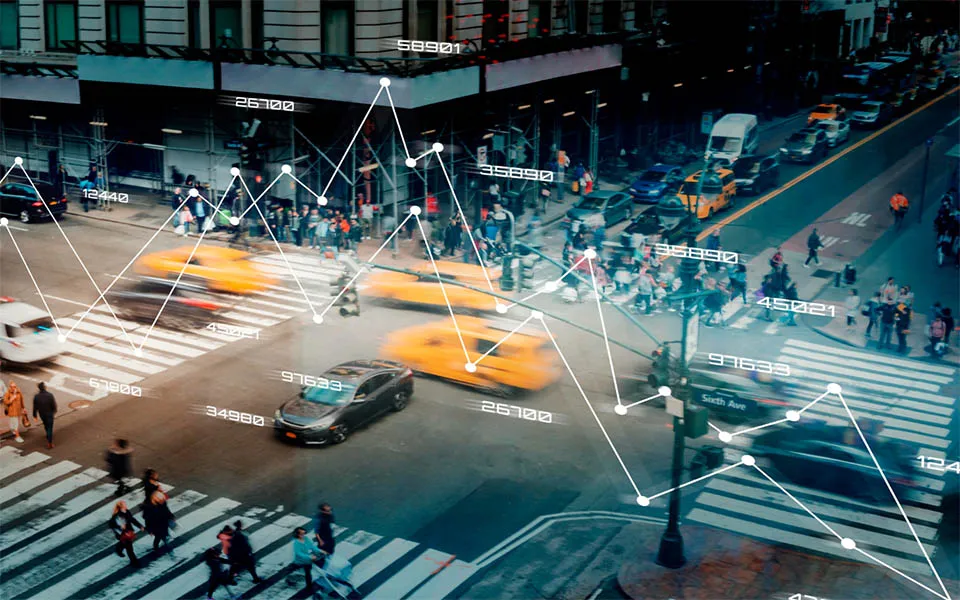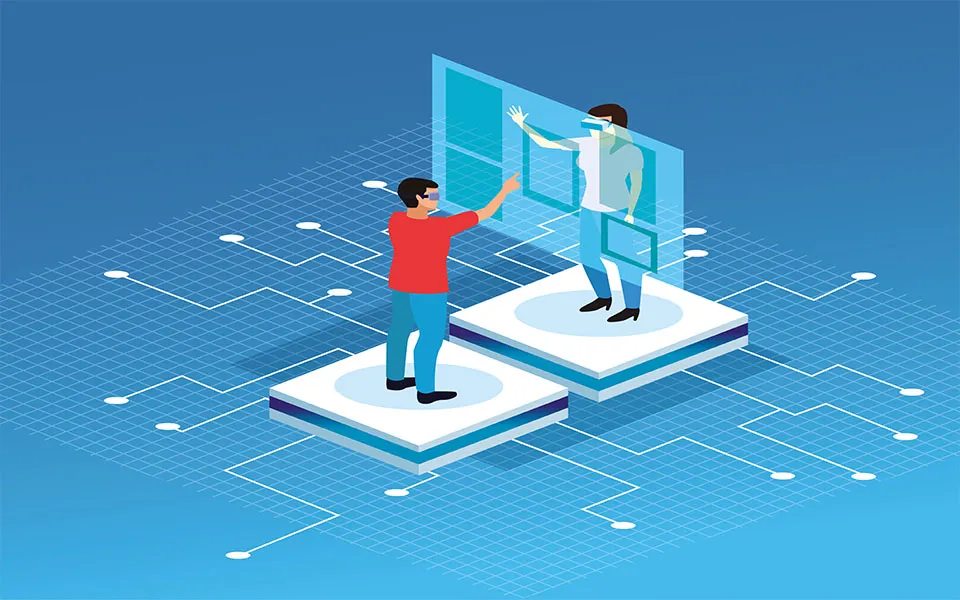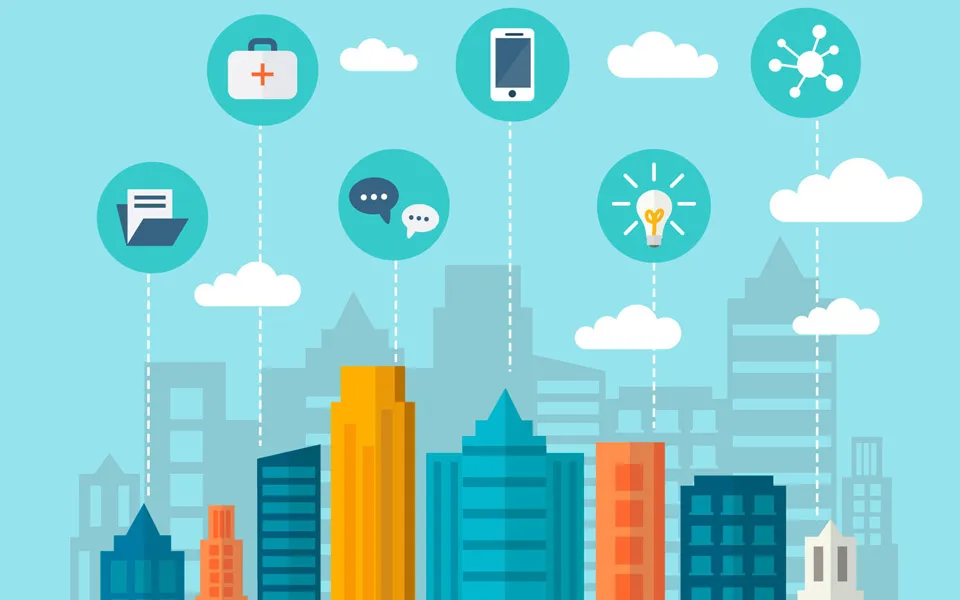A Deep Dive into 5G RAN Technology
In the dynamic landscape of telecommunications, the advent of 5G technology has been nothing short of revolutionary. At the heart of this groundbreaking transformation lies the 5G Radio Access Network (RAN), a technological marvel that is reshaping the way we connect and communicate. In this comprehensive exploration, we delve into the intricacies of 5G RAN, understanding its key components and the unparalleled capabilities it brings to the forefront of the digital era.

Understanding 5G RAN: A Primer
At its core, 5G RAN is the linchpin of the fifth-generation mobile network architecture. It serves as the bridge between user devices and the network core, facilitating high-speed, low-latency wireless communication. To comprehend the significance of 5G RAN, one must first unravel its fundamental features.
Faster Data Rates: Paving the Way for Speedier Connectivity
One of the primary objectives of 5G RAN is to provide users with significantly higher data rates compared to its predecessors. With the capacity for faster download and upload speeds, users can seamlessly engage in data-intensive activities, from high-definition video streaming to real-time interactive applications.
Low Latency: Redefining Real-Time Communication
Reducing latency is a pivotal aspect of 5G RAN. By minimizing the delay in data transmission, this technology ensures that applications demanding real-time responsiveness, such as augmented reality (AR) and virtual reality (VR), operate with unparalleled efficiency. This low-latency feature also opens doors to innovations in industries where split-second decisions are critical.
Advanced Capabilities of 5G RAN
Having laid the foundation, let’s explore the advanced capabilities that set 5G RAN apart and position it as a catalyst for the next wave of technological advancements.
Massive Device Connectivity: Empowering the Internet of Things (IoT)
The exponential growth of IoT devices necessitates a robust network infrastructure, and 5G RAN rises to the occasion. With the ability to support a massive number of connected devices simultaneously, it becomes the backbone for smart cities, industrial IoT, and other applications where seamless connectivity is paramount.
Network Slicing: Tailoring Networks for Diverse Needs
In a groundbreaking move, 5G introduces the concept of network slicing. This innovative feature allows network operators to create multiple virtual networks, each customized to meet the specific requirements of diverse use cases. Whether it’s ultra-reliable low-latency communication (URLLC) for critical applications or enhanced mobile broadband (eMBB) for high-speed data, network slicing ensures adaptability and versatility.
Beamforming: Precision in Wireless Communication
5G RAN incorporates advanced antenna technologies, with beamforming taking center stage. This technique enables the network to focus signals directly toward specific devices, improving coverage and capacity. The result is a more efficient use of resources, enhanced data rates, and an overall superior wireless communication experience.
mmWave Spectrum: Harnessing the Power of Higher Frequencies
Delving into the technical nuances, 5G RAN utilizes millimeter-wave (mmWave) frequencies. These higher frequencies offer increased bandwidth and data rates, laying the groundwork for applications demanding ultra-fast connectivity. However, it’s essential to acknowledge the trade-offs, such as shorter range and susceptibility to obstacles, and how a strategic combination of frequency bands mitigates these challenges.
Applications Across Industries
As we dissect the capabilities of 5G RAN, it becomes evident that its impact extends far beyond the realm of telecommunications. Let’s explore how this technology is poised to revolutionize various industries.
Healthcare: Transforming Patient Care
In healthcare, 5G RAN’s low latency is a game-changer for remote surgeries and telemedicine applications. Real-time data transmission allows for swift decision-making, bridging geographical gaps and improving patient outcomes.
Smart Cities: Building Connected Urban Ecosystems
The vision of smart cities comes to life with 5G RAN, providing the backbone for interconnected systems. From traffic management to public safety, the low latency and massive device connectivity pave the way for a seamlessly integrated urban environment.
Manufacturing: Driving Industry 4.0 Initiatives
Industries embrace the fourth industrial revolution with 5G RAN at their core. The technology’s ability to handle a massive number of connected devices ensures smooth operations in smart factories, optimizing processes and enhancing overall efficiency.
Challenges and Future Prospects
No technological advancement is without its challenges. It is crucial to acknowledge the hurdles that 5G RAN faces and the ongoing efforts to address them, while also looking ahead to the future possibilities that this technology unlocks.
Spectrum Allocation Challenges: Navigating the Frequency Landscape
One of the primary challenges facing 5G RAN is the allocation of suitable spectrum. Striking a balance between coverage and data rates requires a strategic approach to spectrum utilization, with ongoing discussions and regulatory efforts aimed at optimizing frequency bands.
Security Concerns: Safeguarding the Digital Infrastructure
With the increased connectivity facilitated by 5G RAN comes a heightened need for robust security measures. Addressing concerns related to privacy, data integrity, and network resilience is imperative to instill confidence in users and stakeholders.
Evolution of 5G RAN: Towards 6G and Beyond
Looking beyond the Horizon Powered, the evolution of 5G RAN is already in progress. Researchers and industry leaders are exploring the possibilities of 6G technology, envisioning even faster data rates, lower latency, and novel applications that push the boundaries of what is currently conceivable.
Conclusion: Paving the Way for a Connected Future with Horizon-Powered 5G Devices
In conclusion, 5G RAN stands as a testament to the relentless pursuit of innovation in the realm of telecommunications. Its impact spans industries, from healthcare to manufacturing, ushering in a new era of connectivity and possibilities. As we navigate the challenges and anticipate the evolution of this technology, one thing remains certain: 5G RAN is at the forefront of shaping a connected future that transcends the boundaries of imagination.
In this landscape of connectivity, the role of Horizon-Powered 5G devices emerges as a crucial enabler. These cutting-edge devices, equipped with state-of-the-art technology, leverage the capabilities of 5G RAN to their fullest potential. With faster data rates, lower latency, and seamless connectivity, Horizon-Powered 5G devices become the conduit through which individuals and industries experience the true power of 5G.
Whether it’s a surgeon conducting a remote surgery, a city managing its infrastructure in real-time, or a factory optimizing its processes through Industry 4.0 initiatives, Horizon-Powered 5G devices play a pivotal role in realizing the promises of 5G RAN across diverse applications. The synergy between advanced devices and the robust 5G RAN infrastructure creates a symbiotic relationship that propels us towards a future where connectivity is not just a convenience but a transformative force.
As we stand on the brink of unprecedented technological advancements, powered by the marriage of Horizon technology and 5G RAN, the possibilities are limitless. The connected future we envision is not a distant dream but a tangible reality shaped by the seamless integration of cutting-edge devices and the robust backbone of 5G RAN. Together, they pave the way for a world where connectivity is not only fast and reliable but also intelligent and transformative.








